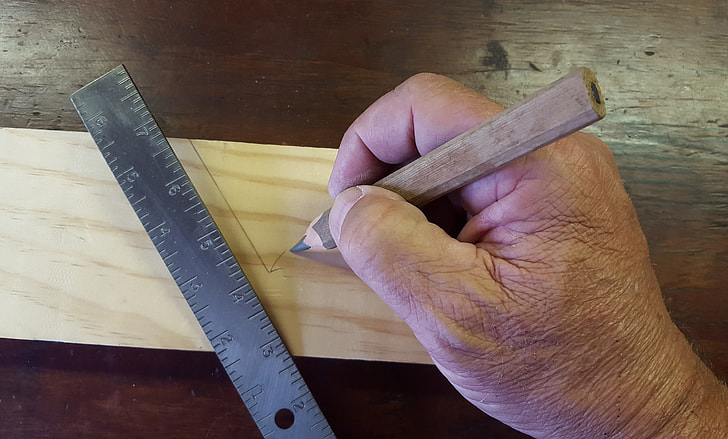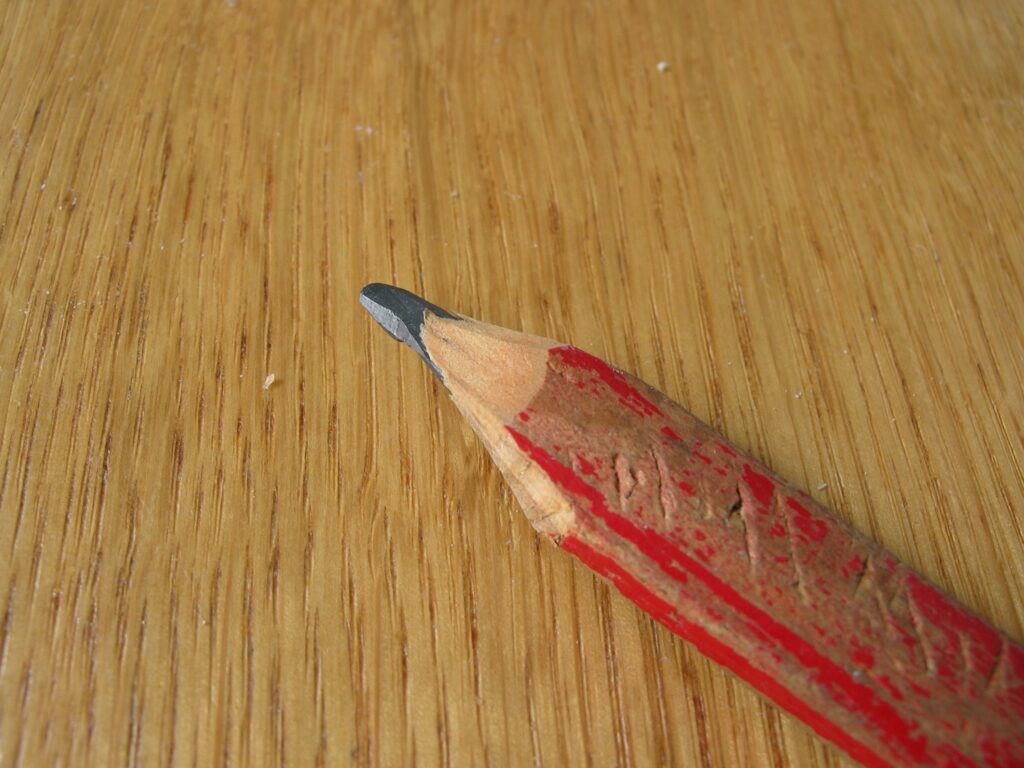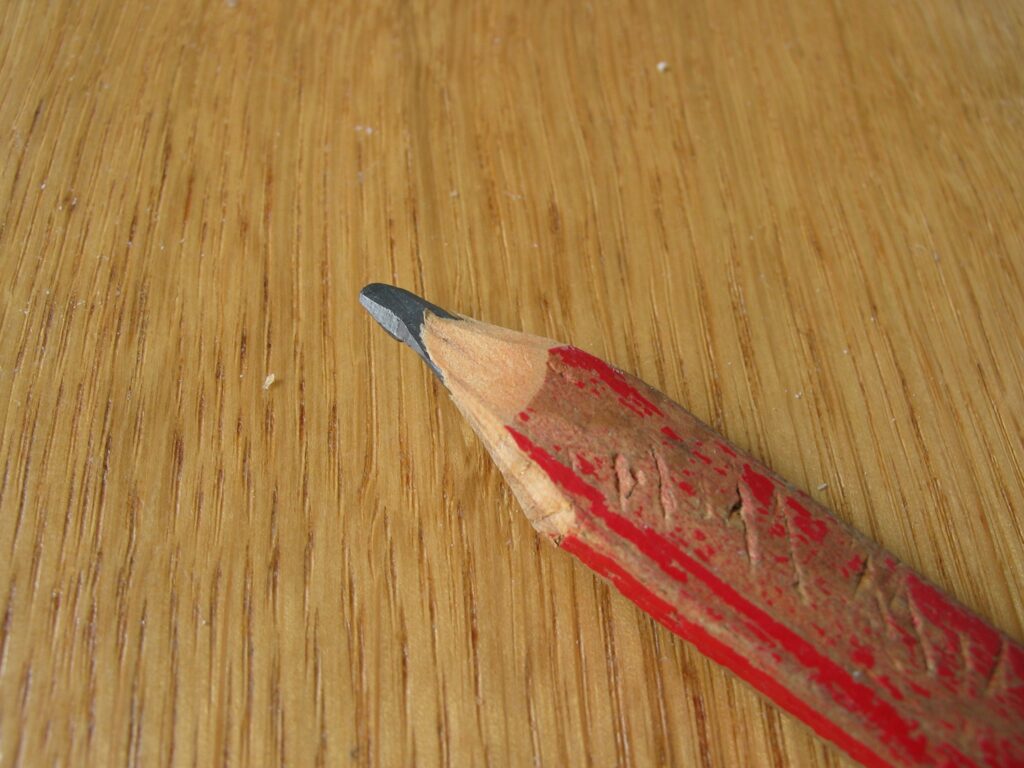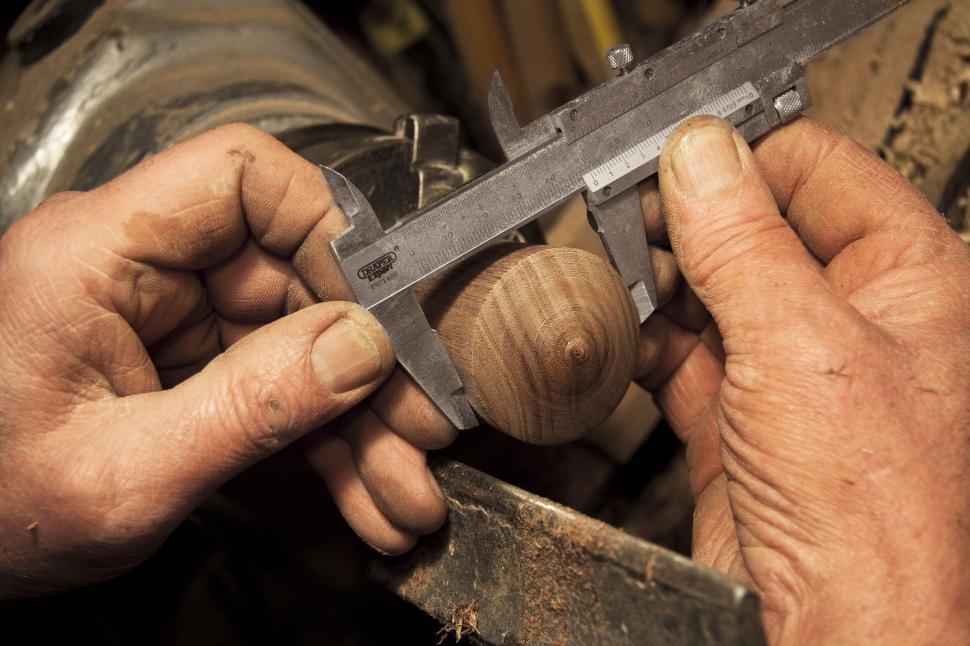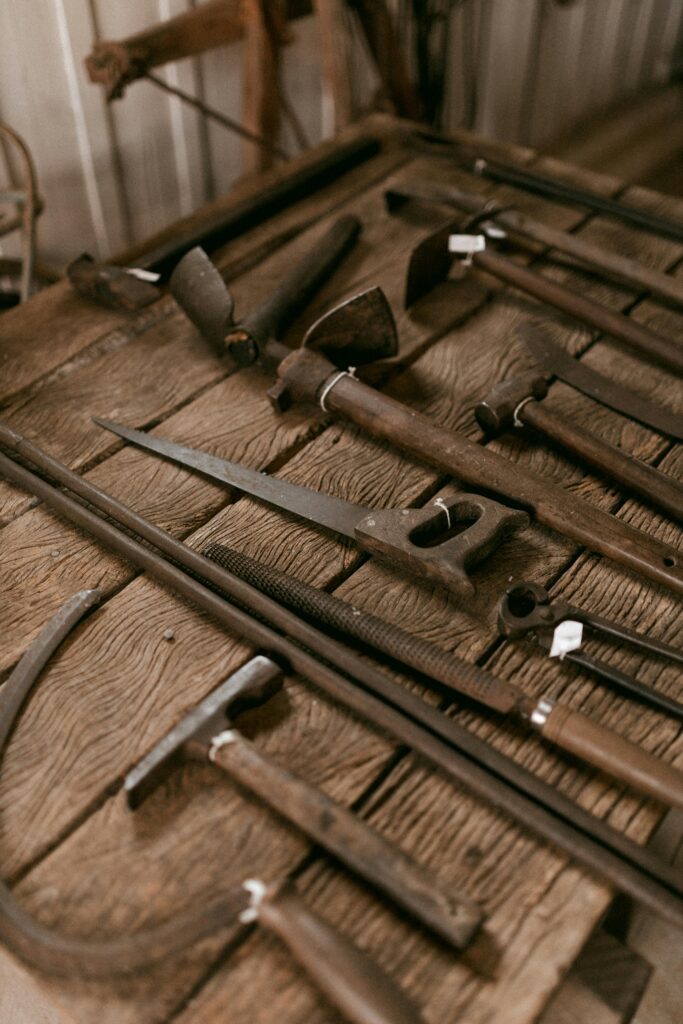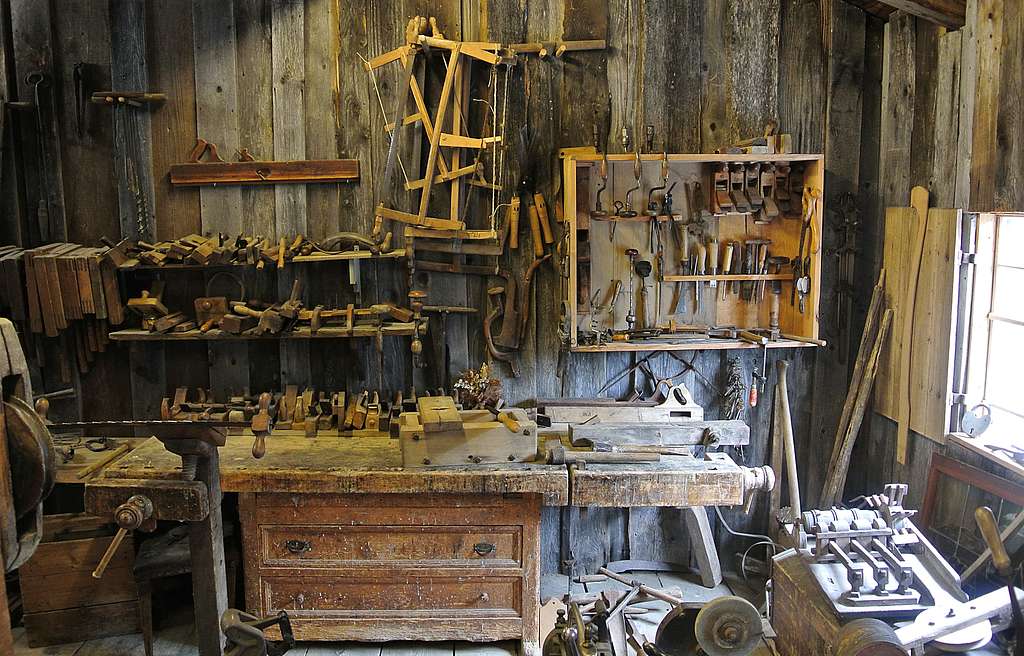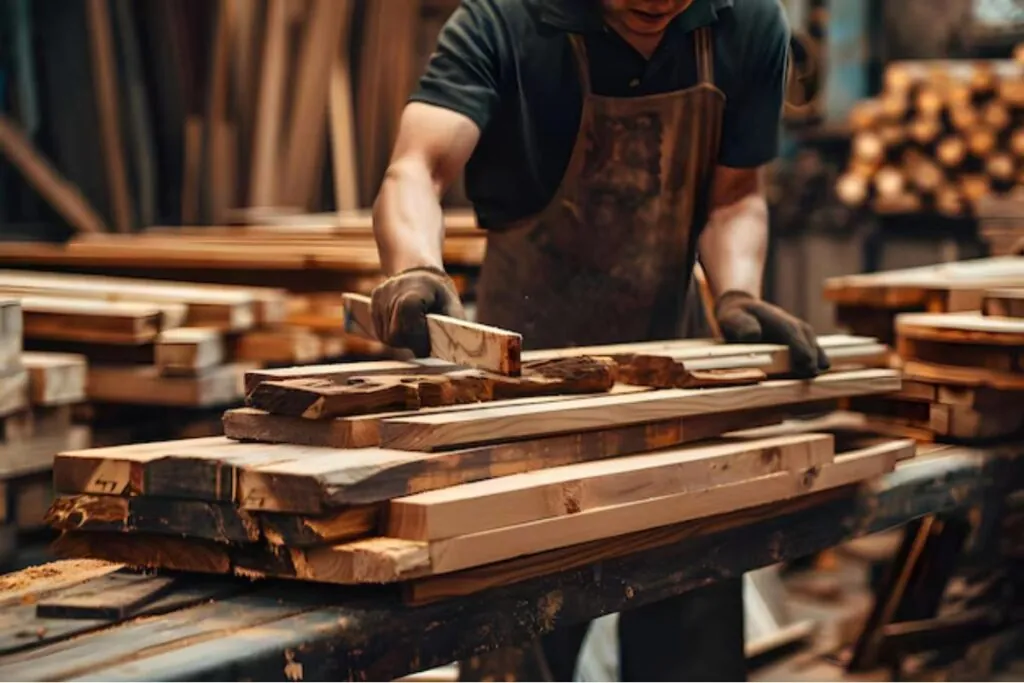Carpenter Pencil Mastery: The Ultimate Guide to Professional Woodworking Precision
Discover why master craftsmen swear by the humble carpenter pencil for achieving flawless measurements and precision cuts in every project. In the world of professional woodworking, precision is paramount. While modern tools and technology continue to evolve, one fundamental instrument has remained unchanged for generations – the carpenter pencil. This deceptively simple tool has earned its place in every craftsman’s toolkit, proving indispensable for achieving the exacting standards demanded by professional woodworking. Understanding the Carpenter Pencil’s Unique Design The carpenter pencil’s distinctive flat, rectangular shape isn’t merely a aesthetic choice – it’s a masterpiece of functional design that sets it apart from ordinary writing implements. Unlike round pencils that can roll off worktables, the flat profile ensures stability and control. The standard dimensions of 7mm x 12mm provide the perfect balance between portability and marking precision. This robust design allows for both delicate detailed work and bold, visible marks essential for construction projects. Anatomy of a Carpenter Pencil Thick Graphite Core: 2.4mm width of solid graphite provides superior durability Wooden Casing: Typically crafted from cedar or basswood for optimal strength Rectangular Profile: Prevents rolling and offers multiple marking edges Ergonomic Design: Flat surfaces provide enhanced grip and control High-Visibility Finish: Often features distinctive red and black striping for easy location on busy worksites Material Composition and Durability Modern carpenter pencils are engineered to withstand the demanding conditions of professional woodworking. The graphite core is specially formulated in different hardness grades – soft (4B), medium (HB), and hard (4H) – each serving specific marking requirements. The harder 4H lead is particularly valued for its precision in detailed joinery work, while softer grades excel in rough carpentry where high visibility is crucial. Mastering Marking Techniques Achieving professional-grade accuracy requires more than just quality tools – it demands proper technique. Expert carpenters utilise different edges and angles of the pencil to achieve various marking widths. Studies show that proper marking technique can reduce measurement errors by up to 85%, highlighting the importance of mastering this fundamental skill. Fine Line vs. Broad Mark Applications Fine Lines: Use the narrow edge for precise joinery marks Medium Lines: Tilt the pencil at 45 degrees for standard marking Broad Lines: Utilise the flat side for increased visibility Consistent Pressure: Maintain steady hand pressure for uniform marks Mark Testing: Always test marks on scrap material first Surface-Specific Marking Strategies Different wood species and construction materials require adapted marking techniques. Hardwoods typically need firmer pressure and harder lead grades, while softwoods work well with medium-grade leads. For rough-sawn timber, using the broad edge can improve mark visibility by up to 200% compared to standard pencil marks. Professional Maintenance and Care Maintaining your carpenter pencil is crucial for consistent performance. Professional woodworkers typically sharpen their pencils every 30-60 minutes of active use to ensure optimal marking precision. This regular maintenance significantly extends the pencil’s useful life and maintains marking accuracy. Proper Sharpening Methods Utility Knife Technique: Hold at 20-degree angle for optimal edge Specialised Sharpeners: Use purpose-built tools for consistent results Sandpaper Finishing: Fine-tune the point with 220-grit paper Edge Maintenance: Regular touch-ups prevent premature wear Storage and Handling Best Practices Proper storage significantly impacts pencil longevity. Keep pencils in a dry environment below 25°C to prevent wood splitting and graphite degradation. Use dedicated pouches or holders to protect points from damage during transport. Advanced Applications in Modern Woodworking Today’s woodworking increasingly blends traditional skills with modern technology. Carpenter pencils remain relevant by complementing digital tools and adapting to contemporary construction methods. Recent industry surveys indicate that 92% of professional carpenters still prefer traditional marking methods for initial layout and dimensioning. Digital Integration Layout Transfer: Marking reference points for digital measuring tools Template Creation: Developing patterns for CNC machinery Quality Control: Verification of computer-generated cuts Project Planning: Initial sketching and concept development Specialty Applications Beyond basic marking, carpenter pencils excel in specialised applications. They’re invaluable for scribing irregular shapes, marking cutting angles, and creating temporary reference points. Their durability makes them ideal for marking up to 1,000 linear feet before requiring resharpening. Making the Most of Your Carpenter Pencil To maximise the potential of your carpenter pencil, consider investing in multiple hardness grades for different applications. Keep several sharpened pencils readily available, and regularly practice marking techniques on scrap material. Remember, the carpenter pencil isn’t just a marking tool – it’s a precision instrument that, when mastered, elevates the quality of your woodworking projects to professional standards. FAQ What is a G10 pencil? These G10 pencil spikes will easily punch a 9mm size hole in their targets and because they are 100% non-metallic they are invisible to metal detectors. They might look like a real pencil, but don’t expect to write an essay with one. How to sharpen a carpenter pencil without a sharpener? This reveals a nice even edge. I can control the way the knife is moving heck I even know if my blade is getting dull if it doesn’t sharpen well. And I can get nice even point just the way I want it. Does Walmart sell carpenter pencils? 24 Pack – RevMark Carpenter Pencils with Ruler Printed on Pencil (Neon Yellow) – Made in USA – Walmart.com. Are carpenter pencils worth it? Using a well-sharpened carpenter pencil to mark lumber cannot be matched. The rectangular graphite lead draws better on wood, stays sharper longer, and is less prone to breakage. What is the best pencil to write on wood? STABILO pencil. These Stabilo pencils are the best. They write on wet wood and pretty much anything else without bleeding or smearing, and they look just like regular pencil lead. We love using them while carving, so we decided to provide them for folks who may not live near an art supply store. Sources [1] https://dixonwriting.com/product/dixon-industrial-red-and-black-carpenter-pencils/ [2] https://www.gpencil.com/category/carpenter-pencils.php [3] https://musgravepencil.com/products/998-carpenter-pencil

